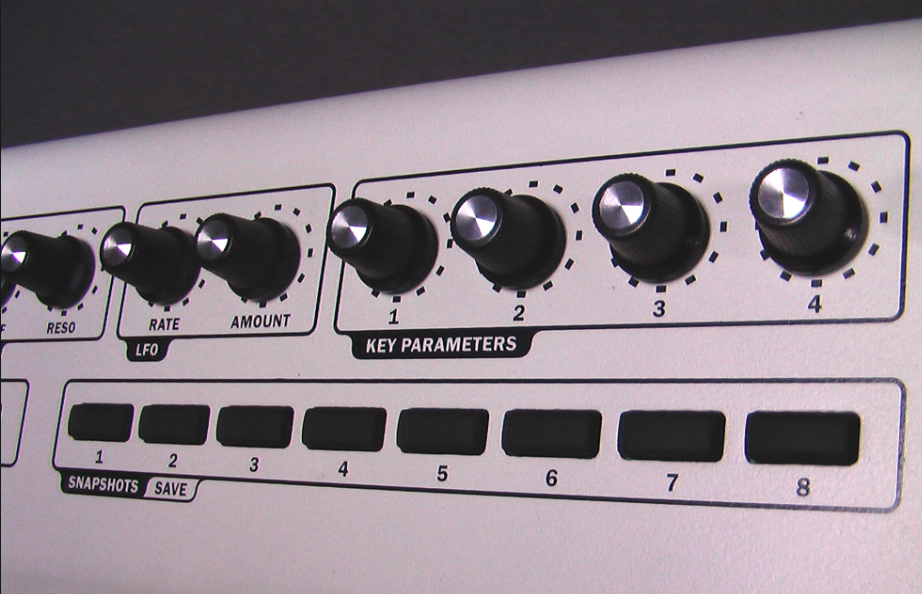In this session we start analysing the most important Logistics Parameters to be considered during the development of an eCommerce Logistics Business Case.
In order to reduce the complexity, we have identified 12 Key Logistics Parameters.
These 12 Logistics Parameters are always present in any eCommerce Logistics project, but there are others that are strictly related to the specific project to be aside analysed.
Anyway, once you have identified these 12 parameters and you have understood how to measure and control them, you can consider your project well started!
In the previous session we have analysed three of the most relevant Business Requirements:
- Market Share of Sales
- Product Categories
- Packaging
The above Requirements are representing the entry level for all the Business Case and cannot be revised by the Logistics Department.
The Logistics Parameters are those elements that are under the control of the Logistics department, but whose definition need to be agreed with the whole Business.
The first three Logistics Parameters refer to the quantities to be managed.

1. Production Through
This value reminds to the concept of Sell-through.
Usually Sell-through is defined as a percentage of units sold during a month.
It is calculated by dividing the number of units sold by the beginning on-hand inventory (for that same time period).
In our eCommerce Business Case we need to understand the Total Quantity to be managed in one year in the Central Warehouse. Therefore we start from the expected sold quantity that, being this an eCommerce application, it is same as shipped quantity (Luxury = 100,000 / Regular = 250,000).
The definition of this percentage is involving almost all departments.
The definition of this percentage is impacting the Service Level. The lower will be this percentage, the higher will be the stock-out risk.
This percentage is depending on the Production’s capacity of replenishment and reassortment.
The definition of this percentage is also depending on the categories to be managed. For example, in case of Accessories this percentage will be tremendously lower then in case of Shoes, because there is no need of size run coverage requirement.
Last but not least, this parameter has a great financial impact in terms of allocated working capital, and value of unsold stock.
In our exercise we will assign an higher Production Through to Luxury, because customers expect an higher Service Level from a Luxury Brand.
- LUXURY FASHION – PRODUCTION THROUGH = 130%
- REGULAR FASHION – PRODUCTION THROUGH = 110%
2. Peak Storage Quantity
Also this number is a percentage referring to the total shipped quantity.
This parameter refers to the maximum quantity that can be stored in the Central Warehouse. It is a key element for the outsourcing negotiation.
This element is fundamental to correctly dimensioning the space requested for managing eCommerce operations.
Also in this case, this parameters need to be accurately verified with Production, requesting at least a seasonal Inbound Plan, and with Finance.
In our exercise we will assign an higher Peak Storage qty to Luxury, always to guarantee an higher Service Level.
- LUXURY FASHION – PEAK STORAGE QTY vs. SHIPPED = 75%
- REGULAR FASHION – PEAK STORAGE QTY vs. SHIPPED = 50%
3. Number of SKUs
We need to understand how many SKUs will be managed during the period.
In order to avoid misunderstandings I would like to clarify that I intend as Number of SKU (Stock Keeping Unit) the number of unique items. It means the number of items that have the same characteristics in terms model, material, colour and size.
This number reveals the complexity of the warehousing operations and, consequently also of their organisation of the inventory in terms of space.
Usually products belonging to same SKU should stored together in the same location or adjacent locations in order to optimise picking operations.
In our exercise we will have the following SKU parameters, as
- LUXURY FASHION – NUMBER OF SKUs = 8,500
- REGULAR FASHION – NUMBER OF SKUs = 13,000
In this session we have analysed the first 3 Key Logistics Parameters. They are strictly connected to the configuration of the processes of Inbound and Storage.
In the next session we will continue exploring other Key Logistics Parameters, more related to the Outbound flow.





